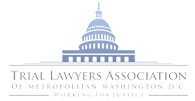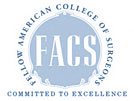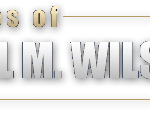Most medical malpractice cases hinge on expert witness testimony. Most times there simply is no other way to prove negligence or fault on the part of a doctor. After all, the lawyers, the judge, and the members of the jury are not MDs, so the plaintiff needs another expert to explain to the court why the actions of the medical professional involved fell below a professionally acceptable standard of care.
This sword cuts both ways.
One excellent tactic a defendant might use is to discredit an opposing expert witness and have their testimony thrown out. When this happens, the final determination on the validity of the witness falls to the judge.
Judges in most states use a legal precedent known as the Daubert standard to determine the admissibility of expert witnesses, while others use an earlier Supreme Court decision known as the Frye standard. Both are similar and essentially define the criteria expert testimony must meet in order to be deemed valid.
The importance of these standards cannot be understated. Consider a recent case in New York State, Muhammad v. Fitzpatrick, where a child sustained Erb’s Palsy during delivery. For a century, medical professionals accepted that Erb’s Palsy was the result of improper actions during delivery, namely the pulling of the head or neck of a baby during delivery.
But about 20 years ago, a group of obstetricians attempted to propagate a theory that Erb’s Palsy resulted from the natural birth process, and began testifying to this effect in cases around the country. In the Muhammad case, though, the Appellate court dismissed this defense as not meeting Frye the standard for admissibility.
Such decisions are essential to fair play in the medical malpractice arena.
Visit Our Medical Malpractice Law Offices

Dr. Michael M. Wilson is an attorney and a physician who earned his undergraduate degree from the Massachusetts Institute of Technology and his legal and medical degrees from Georgetown University. He has focused in the area of medical malpractice for more than three decades and secured more than $100 million in settlements and verdicts on behalf of clients throughout the country. He is admitted to practice in the District of Columbia and New York as well as the U.S. Court of Appeals for the District of Columbia and the U.S. Supreme Court. He is listed in America’s Top 100 High Stakes Litigators.













